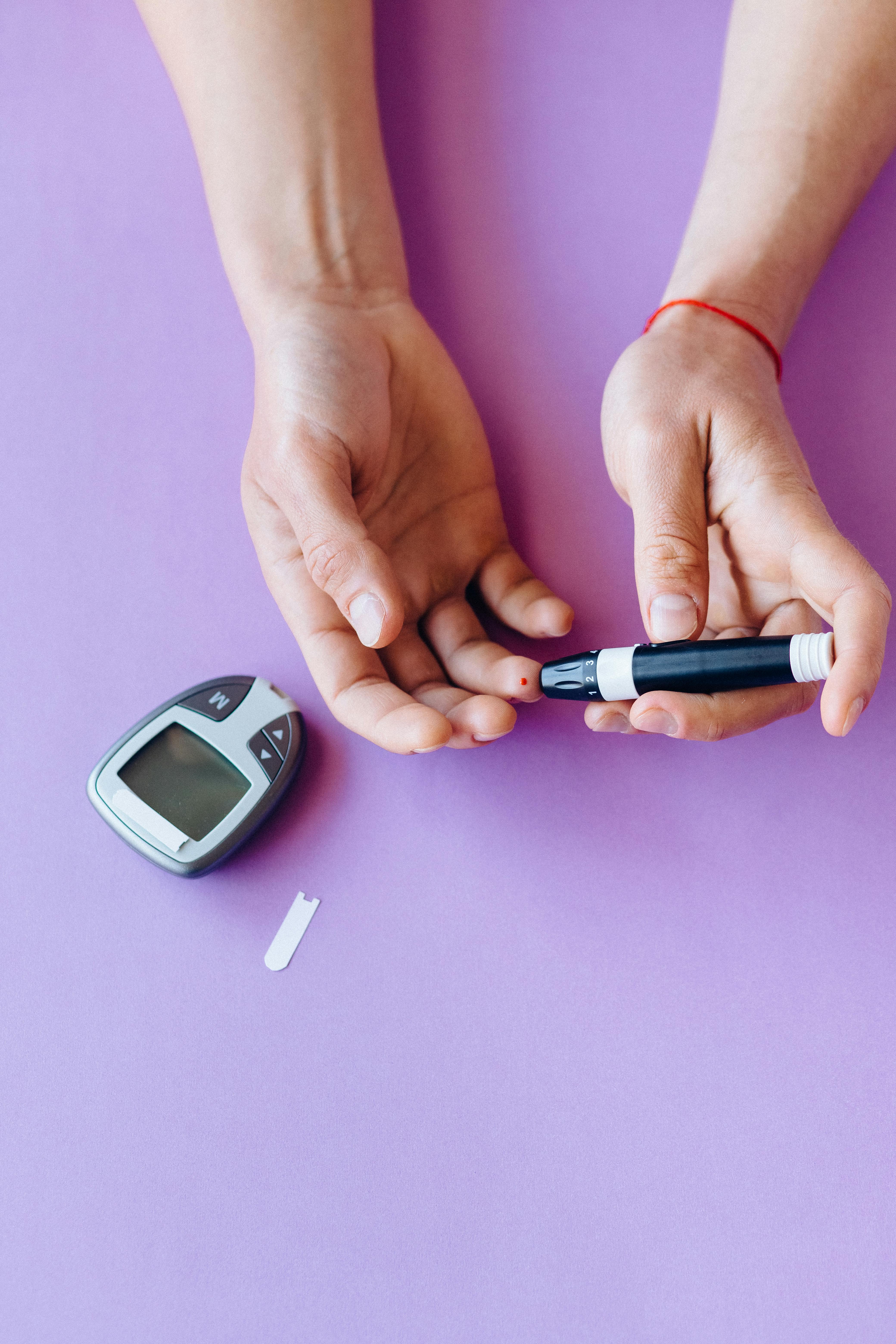🕓 Estimated Reading Time: 5 minutes
Overview
Grant County is taking a significant step forward in public health, particularly for its youngest residents. The Grant County Health Department has recently implemented a new, cutting-edge handheld device designed to dramatically streamline lead testing for children. This innovative approach promises quicker, less invasive screenings, marking a pivotal advancement in safeguarding children from the detrimental effects of lead exposure.
The adoption of this advanced technology aims to overcome traditional barriers associated with lead screening, such as the need for blood draws and prolonged wait times for results. By making the process more accessible and comfortable, the department anticipates a higher rate of compliance with recommended testing guidelines, ensuring more children receive timely screenings and, if necessary, intervention.

Background & Context
Lead poisoning remains a persistent public health concern globally, particularly in communities with older housing stock and infrastructure. Children are especially vulnerable to lead's toxic effects because their developing brains and bodies absorb lead more readily, and they are more prone to hand-to-mouth activities that can introduce lead dust into their systems. Even low levels of lead in a child's blood have been linked to reduced IQ, learning disabilities, behavioral problems, and other adverse health outcomes, which can be irreversible.
Historically, the primary method for diagnosing lead exposure has been through blood tests, which involve a venipuncture (drawing blood from a vein). While accurate, this method can be distressing for young children and their parents, often leading to reluctance or delays in scheduling necessary children's lead screening. Furthermore, laboratory processing of blood samples can take days or even weeks, delaying critical follow-up actions and interventions for children identified with elevated lead levels.
The Centers for Disease Control and Prevention (CDC) emphasizes the importance of early detection, recommending blood lead testing for children at ages 1 and 2, or up to age 6 if they have not been previously tested and are at risk. In Grant County, like many areas, a significant portion of housing was built before 1978, the year lead-based paint was banned for residential use. This legacy infrastructure presents an ongoing risk, necessitating robust and accessible screening programs to protect the community's youngest members.
Implications & Analysis
The centerpiece of this new initiative is a sophisticated handheld device known as an XRF lead analyzer (X-ray Fluorescence). Unlike traditional blood tests, this device offers a non-invasive, immediate method for detecting lead levels in a child's bone, where lead can accumulate over time. The process involves placing the device gently against the child's skin, typically on the shin bone, and within minutes, it provides a reading of the lead concentration.
The advantages of the XRF analyzer are manifold. Firstly, its non-invasive nature eliminates the pain and anxiety associated with blood draws, making it a much more child-friendly option. This ease of use is expected to significantly increase participation rates in screening programs, reaching more at-risk children. Secondly, the immediate results allow for rapid decision-making. If an elevated lead level is detected by the XRF analyzer, health officials can immediately initiate follow-up blood tests for confirmation and begin counseling parents on mitigation strategies and necessary medical interventions, without the usual waiting period.
This shift in methodology not only enhances efficiency but also reflects a proactive approach to public health by the Grant County health department. By adopting such advanced diagnostic tools, the county positions itself at the forefront of preventative health measures, aiming to minimize the long-term societal and individual costs associated with lead poisoning. The improved speed and accessibility of testing are crucial for implementing timely interventions, which are vital for mitigating lead's developmental impact on children.

Reactions & Statements
The introduction of the XRF lead analyzer has been met with widespread positive reactions from local health officials and community members alike. Public health leaders in Grant County have underscored the transformative potential of this technology in their ongoing commitment to child welfare.
'This new device is a game-changer for our community,' stated a representative from the Grant County Health Department. 'It empowers us to provide rapid, trauma-free screenings, allowing us to identify at-risk children much faster and initiate protective measures immediately. Our goal is to reduce barriers to testing and ensure every child has the opportunity for a healthy start.'
Parents, who often face the challenge of comforting a child during a blood draw, have also expressed relief and appreciation for the less invasive option. This technological leap reinforces the department's dedication to effective lead poisoning prevention strategies and demonstrates a clear commitment to leveraging modern science for public good. The shift is seen not just as an operational improvement but as a significant enhancement to the overall experience for families interacting with health services, building trust and encouraging greater participation in vital health programs.
What Comes Next
With the new XRF lead analyzer in place, the Grant County Health Department plans to expand its outreach and screening efforts significantly. The device will be utilized at various community clinics, health fairs, and potentially even through mobile testing units, bringing screening services directly to neighborhoods that may have historically faced challenges in accessing conventional healthcare facilities. The target age group for these non-invasive screenings will primarily be children aged 1 through 6, who are at the highest risk of lead exposure and its subsequent developmental impacts.
Educational campaigns will accompany this rollout to inform parents about the availability of the new testing method and the critical importance of lead screening. These campaigns will detail how the XRF analyzer works, the benefits of quick results, and the steps taken if an elevated lead level is detected. Families whose children are found to have higher lead levels will receive immediate counseling, referrals for confirmatory blood tests, environmental home assessments to identify lead sources, and guidance on nutritional interventions that can help mitigate lead absorption.
The long-term vision includes continuous monitoring of lead exposure trends within the county, utilizing the data gathered from these screenings to identify high-risk areas and implement targeted abatement and remediation programs. This holistic approach underscores Grant County's dedication to creating a safer, healthier environment for all its residents, especially the most vulnerable.
Conclusion
The Grant County Health Department's adoption of the handheld XRF lead analyzer represents a significant leap forward in public health. By offering a fast, non-invasive, and highly efficient method for lead screening, the county is not only improving access to vital health services but also demonstrating a proactive commitment to the well-being and future of its children. This technological upgrade empowers families and health professionals alike, ensuring that potential lead exposure is identified and addressed swiftly, thereby safeguarding the developmental potential of a generation.
This initiative serves as a model for other communities striving to enhance their public health infrastructure and provides a powerful tool in the ongoing global effort to eliminate lead poisoning. Grant County is setting a precedent, showing how innovation and dedication can directly translate into tangible health benefits for its citizens, securing a brighter, healthier future for its youngest residents.
Comments
Post a Comment